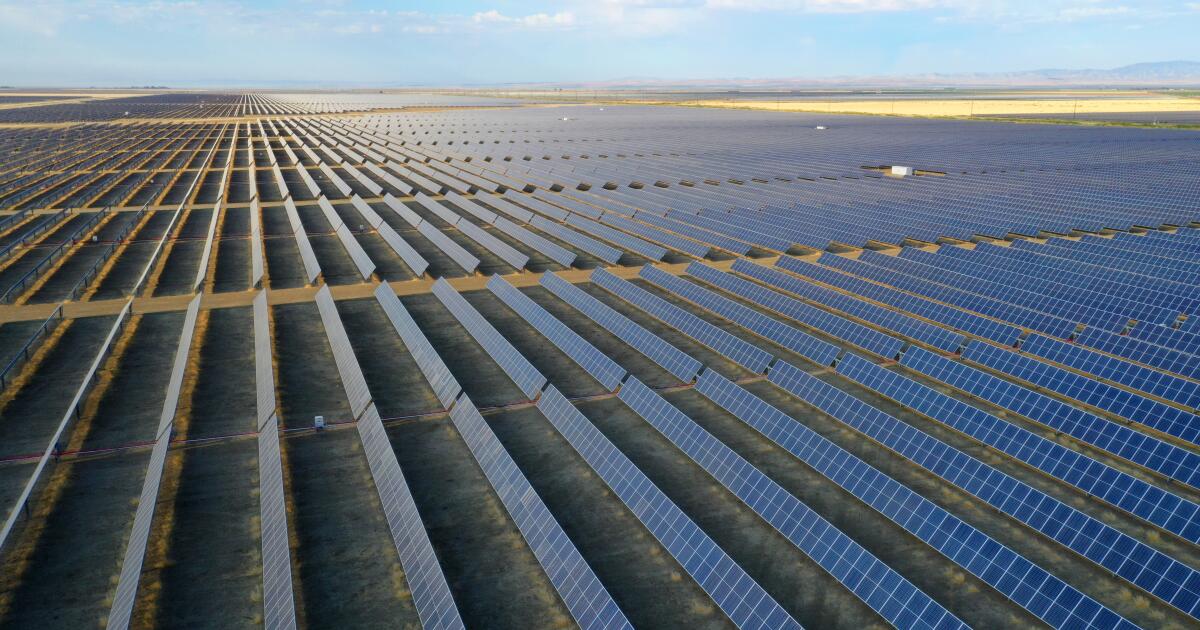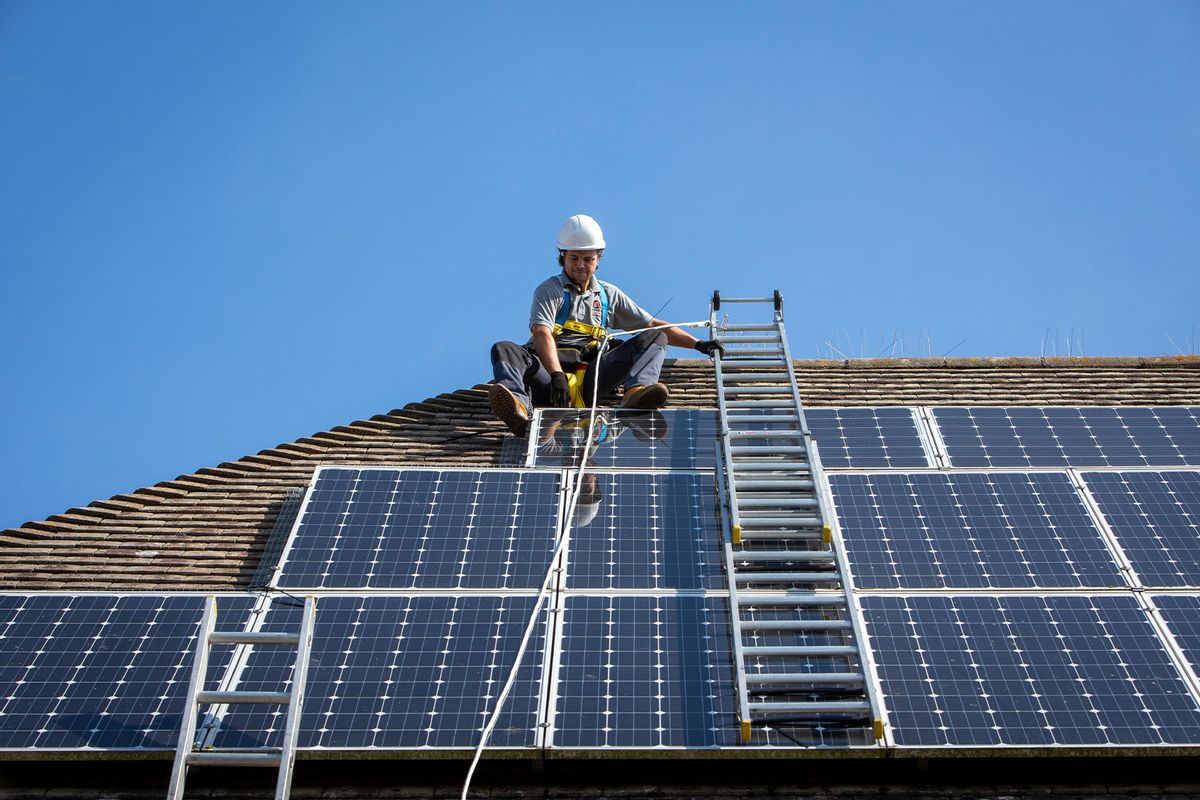
How rooftop solar could save Americans $473 billion
LA TimesThis is the Jan. 7, 2021, edition of Boiling Point, a weekly newsletter about climate change and the environment in California and the American West. That calculation is based on Clack’s exhaustively detailed model of the U.S. electric grid, which he says includes 10,000 times more data points than traditional models and allows for a better accounting of rooftop solar’s costs and benefits to the grid. Jenkins was a lead author on Princeton’s Net-Zero America study released last month, which reached the encouraging conclusion that achieving net-zero emissions by 2050 — the long-term target urged by climate scientists and endorsed by Biden — can be done without increasing energy costs beyond historical levels. While Jenkins and his colleagues didn’t attempt to calculate the optimal amount of rooftop solar on the grid, the amount they assumed would ultimately get built — 185 gigawatts — wasn’t far off from Clack’s 247 gigawatts. My latest story explores how appliances in your home — such as smart thermostats, solar-charged batteries, electric water heaters and electric cars — could help California keep the lights on as part of “virtual power plants.” Utilities are increasing looking to these tools to help avoid a repeat of August’s rolling blackouts.
History of this topic

Letters to the Editor: ‘Solar glut’ isn’t a solar problem — it’s a transmission and battery problem
LA Times
Rooftop solar has a fraud problem. The industry is working to build back trust
NPR
Why the U.S. government is spending $7 billion on solar for low-income homes
NPRIs rooftop solar a fatal flaw in the Coalition's grand nuclear plans?
ABCThe federal government is making a billion-dollar bet on Australian-made solar panels. Some aren't convinced it'll pay off
ABC
Column: If Gavin Newsom is a climate champion, why did he just crush community solar?
LA Times
India seeks to boost rooftop solar, especially for its remote areas
The HinduIndia wants to hook its population onto clean energy by boosting rooftop solar
Associated Press
A sunshine initiative: The Hindu Editorial on the government’s rooftop solar panel plan
The Hindu
Editorial: Solar installations are plummeting and California regulators are to blame
LA Times
Column: How I learned to stop worrying and love rooftop solar
LA TimesWhy rooftop solar is so crucial for Australia's renewable energy targets
ABC
Column: California needs to get its act together on rooftop solar
LA Times
Solar panels: Should you buy them? Rent them? Pass?
LA Times
Two weeks until California slashes rooftop solar incentives
LA TimesRooftop solar poised to become Australia's biggest power source amid coal's demise
ABC
California lowers incentives for rooftop solar panels
Associated Press
California just slashed rooftop solar incentives. What happens next?
LA Times
Rooftop solar energy to power nation's green development
China Daily
California's plan to cut rooftop solar incentives, explained
LA Times
California proposes big changes to rooftop solar incentives
LA Times
Editorial: Don’t slash incentives for California rooftop solar
LA Times
The future of rooftop solar is up for grabs in California
LA Times
Should California make solar more expensive? Inside the climate justice battle
LA Times
Pandemic is ray of light for solar industry
Live MintDaytime solar subsidies to be slashed as WA moves to head off grid overload
ABCDiscover Related


































